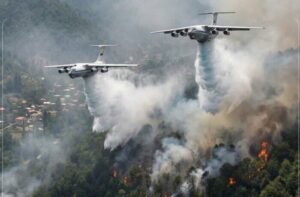Reza Nasri wrote on his X account:
Iran has historically operated as a Trader state and caravanserai, serving as a primary land corridor for trans-Eurasian exchange. Its territory contained key segments of the Silk Road, and its urban network included multiple logistical nodes for merchants, caravans, ideas and goods moving between East Asia and the Mediterranean.
When sustained external pressure is applied, the operating environment of a Trader state changes in ways that shift its overall posture toward garrison-state characteristics. External constraints force a reallocation of national focus toward security, protection of critical infrastructure, and risk mitigation. As a result, functions that depend on openness—such as transit, commercial flow, and cross-regional connectivity—are affected not by internal preference but by the pressures imposed from outside. Over time, these conditions limit the state’s ability to perform its traditional role as a corridor and reduce the efficiency of the wider networks that would otherwise rely on it.
For China, stable overland routes are integral to the Belt and Road Initiative. Helping Iran overcome external pressure supports the continued openness, reliability, and efficiency of these corridors. This outcome also aligns with broader global interests that rely on predictable, low-disruption transit infrastructure across Eurasia.
Iran and China are natural allies in this context. Both states benefit from stable continental corridors, both are positioned along historic east–west routes, and both have strategic incentives to preserve transit-based connectivity across Eurasia. Their interests converge on maintaining an open, secure, and uninterrupted land bridge linking Asia to Europe.








